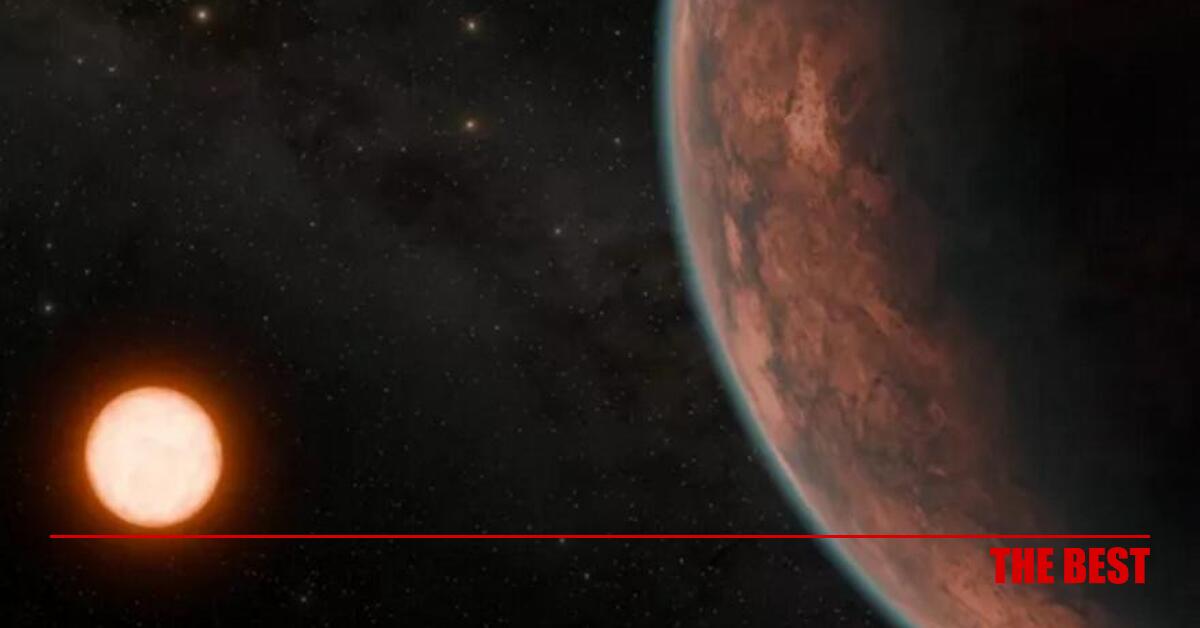
Two teams of scientists have discovered a theoretically habitable planet, smaller than Earth but larger than Venus, orbiting a small star about 40 light-years away.
The planet, named Gliese 12b according to CNN, orbits a red dwarf star in the constellation Pisces that is about 27 percent the size of our sun and 60 percent its temperature, according to two studies published in The Astrophysical Journal Letters and Monthly Notices of the Royal Astronomical Society.
Although the star is much smaller than the Sun, Gliese 12b is still in the habitable zone, the ideal distance from the star where liquid water could exist, even though it completes its orbit every 12.8 days.
Assuming the exoplanet has no atmosphere, scientists calculate its surface temperature to be about 107 degrees Fahrenheit (42 degrees Celsius).
“We have found the closest transiting, temperate Earth-sized world to date,” said Masayuki Kuzuhara, an associate professor at the Center for Astrobiology in Tokyo and co-leader of one of the research teams with Akihiko Fukui, an associate professor at the University of Tokyo, in a statement.
Once temperate Earth-sized planets are identified, scientists can then analyze them to determine what elements are in their atmospheres and, more importantly, whether water is present to sustain life.
“There are only a handful of (exoplanets) that we have found that are good candidates for this. This is the closest we have found, and it is a very important discovery,” Larissa Palethorpe, a PhD student at the University of Edinburgh and University College London who co-led the other study, told CNN.
On the road to understanding the new planet
To discover Gliese 12b, scientists used publicly available data collected by NASA’s Transiting Exoplanet Survey Satellite (TESS), a telescope that looks at tens of thousands of stars each month, tracking changes in their brightness that could be evidence of exoplanets orbiting them.
At the moment, scientists are not sure exactly what makes up the planet’s atmosphere, or whether water is present, although Palethorpe said they do not expect to find water there.
NASA’s Voyager 2 spacecraft captured these views of Uranus (left) and Neptune (right) during a flyby of the planets in the 1980s.
Astronomers have discovered 3 previously unknown moons orbiting planets in our solar system.
“There can’t be water, and then we know that invisible global warming has already happened on this planet, which is more like Venus,” he said. “There could be water, so it could be more like our planet… or there could be signs that global warming is going on, so it could be losing water.”
For the next stage of analyzing the exoplanet’s atmosphere, scientists hope to use the James Webb Space Telescope and perform spectroscopy. This method involves capturing the starlight shining through an exoplanet’s atmosphere and finding the wavelengths that certain molecules absorb, revealing their presence in the atmosphere.
In addition to shedding light on the exoplanet itself, Palethorpe said scientists hope this work will help us better understand our own planet.
“What this planet in particular will teach us is what happened to keep Earth habitable but Venus not…” he said.
However, although the exoplanet could be habitable for humans and is relatively “close” to our solar system in astronomical terms, it is unlikely that anyone will visit it anytime soon.
“It’s unreachable, it’s 12 parsecs away,” Palethorpe said, adding that it would take about 225,000 years to reach Gliese 12b with the fastest spacecraft currently available.

“Avid problem solver. Extreme social media junkie. Beer buff. Coffee guru. Internet geek. Travel ninja.”





More Stories
In Greece Porsche 911 50th Anniversary – How much does it cost?
PS Plus: With a free Harry Potter game, the new season begins on the service
Sony set to unveil PS5 Pro before holiday season – Playstation